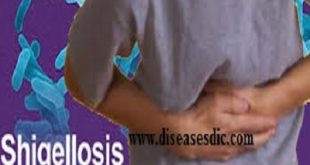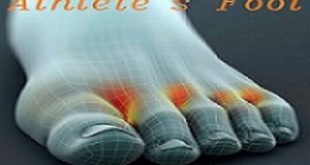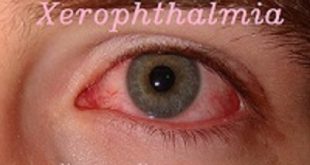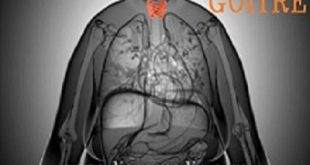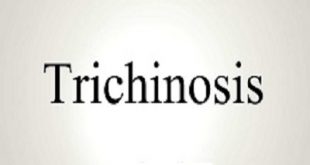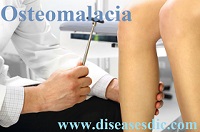What is Shigellosis (Bacillary Dysentery)? Bacillary Dysentry or Shigellosis is an infectious disease caused by a group of bacteria called Shigella that causes bacterial dysentery. These bacterium cause disease by penetrating the lining of the large intestine, causing swelling and sores. This causes diarrhoea, fever, and stomach cramps 1-2 days …
Read More »Scabies – Symptoms, Complications, Treatment, and Prevention.
Definition Scabies is an itchy skin condition caused by a tiny burrowing mite called Sarcoptes scabiei. The presence of the mite leads to intense itching in the area of its burrows. The urge to scratch may be especially strong at night. Scabies is contagious and can spread quickly through close …
Read More »Athlete’s Foot or Tinea Pedis – Symptoms, Complications, and Treatment.
Introduction Athlete’s foot is a common foot infection caused by infection with certain types of fungi, called dermatophytes—these are the same fungi that cause ringworm and jock itch. Dermatophytes grow best in moist, damp places, which is why infection commonly spreads in the shower areas of gyms and swimming pools. …
Read More »Xerophthalmia – Definition, Risk factors, and Treatments.
Definition Xerophthalmia is a medical condition in which the eye film is reduced and the eye is incapable of producing tears. This appears when there is something wrong with lacrimal glands and their main function, meaning to produce tears, is affected. Xerophthalmia is also known as the dry eye syndrome …
Read More »Goitre – Description, Causes, Symptoms, and Medications.
What is Goitre? An enlargement of the thyroid gland, a butterfly-shaped gland which is present at the front of the throat and below the Adam’s apple, is called goitre. The thyroid gland comprises of two lobes that lie on either side of the windpipe joined by a bridge of tissue …
Read More »Scurvy – Causes, Symptoms, Complications, and Prevention.
Introduction Scurvy is a disease caused by prolonged severe dietary deficiency of ascorbic acid, in which the breakdown of intercellular cement substances leads to capillary haemorrhages and defective growth of fibroblasts, osteoblasts, and odontoblasts results in impaired synthesis of collagen, osteoid, and dentine. It is characterized by haemorrhagic gingivitis affecting …
Read More »Trichinosis – Risk factors, Diagnosis, Treatment, and Prevention.
Definition Trichinosis is a disease caused by parasitic roundworms (nematodes) that can infect and damage body tissues. Nematodes are a major division of the helminth family of parasitic worms (for example, Trichinella spiralis). When ingested, these parasitic worms can pass through the intestinal tract to invade other tissues, such as …
Read More »Osteomalacia – Definition, Manifestations, and Diagnosis.
Definition Osteomalacia means soft bones. Bone is a living, active tissue that’s continually being removed and replaced. This process is known as bone turnover. Bone consists of a hard outer shell (the cortex) made up of minerals, mainly calcium and phosphorus, and a softer inner mesh (the matrix) made up …
Read More » Diseases Treatments Dictionary This is complete solution to read all diseases treatments Which covers Prevention, Causes, Symptoms, Medical Terms, Drugs, Prescription, Natural Remedies with cures and Treatments. Most of the common diseases were listed in names, split with categories.
Diseases Treatments Dictionary This is complete solution to read all diseases treatments Which covers Prevention, Causes, Symptoms, Medical Terms, Drugs, Prescription, Natural Remedies with cures and Treatments. Most of the common diseases were listed in names, split with categories.
